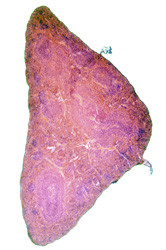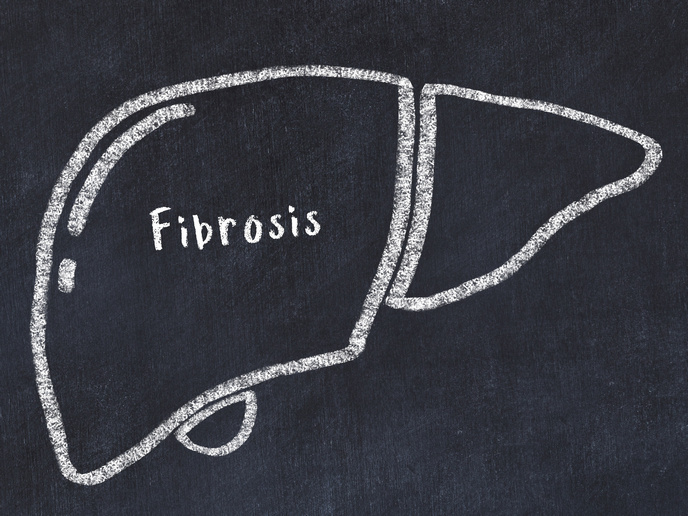Islet transplants for diabetics
Type 1 diabetes is an autoimmune disease which presents with lack of insulin production due to the destruction of pancreatic beta islets. Given that insulin is required for the breakdown of sugars into glucose, an inability to produce energy has serious complications. Islet transplantation is a promising alternative to insulin administration but is limited by the need for immunosuppression and lack of tissue. The EU-funded 'Microencapsulation of islets within functionalized peg hydrogel' (DMIOL) study proposed an approach for isolating engrafted islets from immune attack. The idea was to encapsulate islets within functional coats made from PEG hydrogel. These coats would act as a mechanical barrier against immune cells but would nonetheless allow the diffusion of nutrients and water. To realise photopolymerisation of the PEG hydrogel, researchers established a mathematical model for controlling the thickness and permeability of the membrane. Subsequently, they functionalised the generated coats with different molecules. Coating with glucagon-like peptide-1 or other insulinotropic agents was used as a means of reducing the number of islets required for transplantation. In addition to peptides, PEG hydrogels were coated with mesenchymal stem cells or regulatory T cells for local immunoprotection. Islet function within these hydrogel coats was preserved as indicated through insulin and viability assays. The next step in the DMIOL work would be to test these microencapsulated islets in larger mammals, non-human primates, and finally humans. The approach has the potential to lead to immunosuppression-free transplantation, and provide a viable alternative treatment for diabetes.







